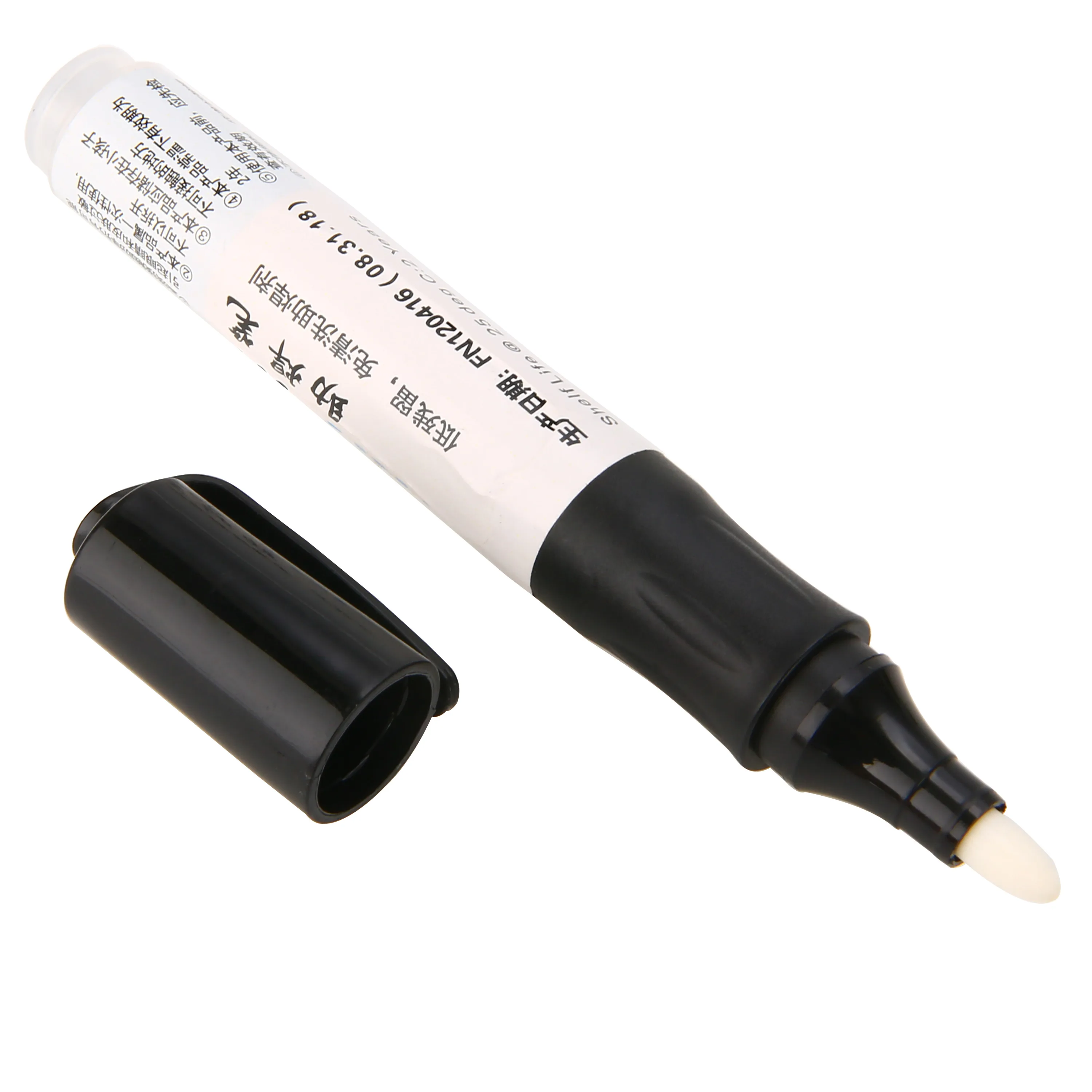
If you don't have one of those though, here's how you can use a heat gun to desolder components:Ģ.
FLUX FOR SOLDERING PROFESSIONAL
Using a hot air station is a slightly more professional and expensive way of doing this, as it is basically a heat gun specifically meant for desoldering. Basically, it heats up the solder enough to be able to remove the components. Using a heat gun is another way to remove solder without the use of a soldering iron. Removed components can be reused.Ĭons: Although the pumps can have small tips, they are large in general and may be hard to get into very tight spaces.

They are great for reworking small parts and getting solder out of pin holes. Pros: Desoldering pumps come in a wide range of styles, from handheld pumps to electronic, heated guns that require no iron to use. Tip: If you are trying to remove excess bits of solder, you may want to add more solder to the joint, because the solder will stay liquid for longer when in larger "blobs", and thus be easier to remove. Dispose of the solder inside the pump by repeatedly pressing down and releasing the plunger. Repeat steps 1-4 to remove any excess solder.ħ. Some desoldering pumps have a release button so that you don't have to hold it the whole time.Ħ. Once the solder is molten, place the tip of the desoldering pump against the solder that you want to remove.Ĥ. Press down on the plunger (If your pump has a bulb, just squeeze the bulb).ģ. Heat up the solder you want to remove with a soldering iron (some desoldering pumps also come with attached irons).Ģ. Here are the basic steps for using a hand-powered desoldering pump:ġ. After heating up the solder, you can use the desoldering pump to suck the solder up and out of the way. A desoldering pump is essentially a small, high pressure vacuum. One of the nicest ways to desolder a component involves using a desoldering pump. It's also pretty hard to get solder out of pin holes. Because it gets so hot, it can be tough to reposition once you've started. Removed components can be reused.Ĭons: Desoldering braid isn't reusable, you'll want to start with a clean segment of braid each time you use it. Desoldering braid is great for removing solder from flat surfaces. Pros: It's cheap and easy to use, and comes in various sizes depending on the magnitude of the solder you want to remove. Tip: Use a pair of needle-nose pliers to position and hold down the braid without getting burned. Repeat steps 1-5 to remove excess solder. The braid will be very hot at this point, so make sure not to touch the braid itself, only the spool.Ĩ. The solder will flow off the pin and onto the braid.Ħ. Place a hot soldering iron against the braid and desired pin.ĥ. Place the braid over the joint you want to rework.Ĥ.

If your solder wick does not have flux on it, it would be a good idea to add flux to the section you are going to use to make for a clean removal.ģ. Unwind a few inches of braid from the coil.Ģ. If your soldering braid does not contain flux, then you can apply it by dipping the section of the braid you will use into the flux. Some desolering braid comes with flux within it, which makes it much easier and cleaner to remove a part.

Because copper conducts heat well, and solder is attracted to heat, by heating up the braid you can draw the solder off your part and into the braid. It comes in a coil of braided together strands of wire. Desoldering braid, or solder wick, is a nice desoldering method used to essentially soak up unwanted solder.


 0 kommentar(er)
0 kommentar(er)
